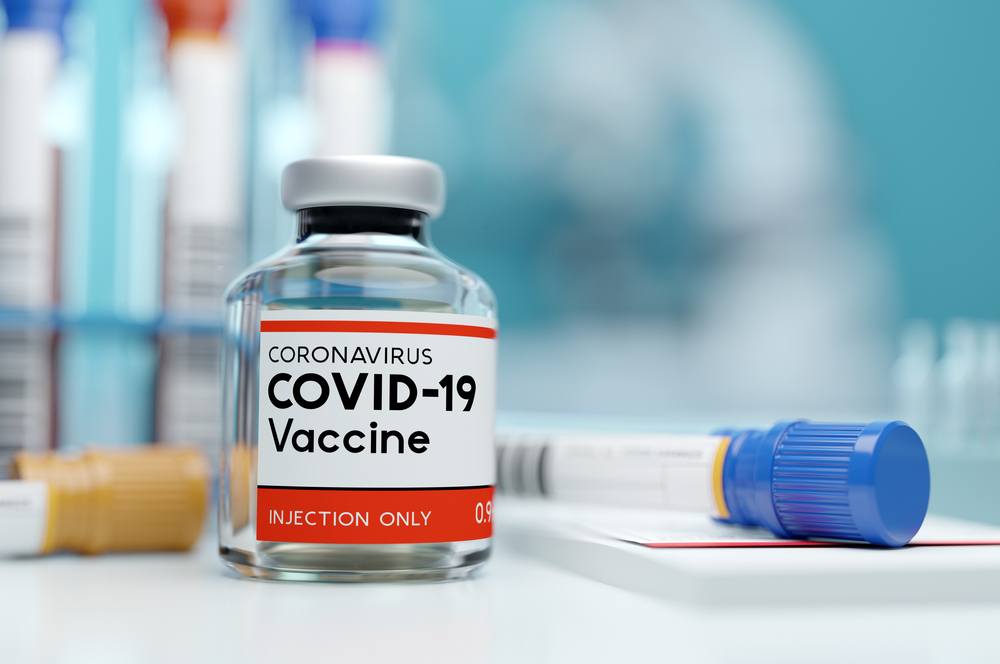
There’s a famous trio of researchers who, even if they never met, continuously research a singular subject that has become vital in the last couple of years: the causes of long COVID and figuring out what’s the best way to treat it.
Three years ago, pediatric infectious disease doctor Danilo Buonsenso, who’s currently working at Gemelli University Hospital, opened his cabinet to children who suffered from prolonged shortness of breath, crushing fatigue, and many other symptoms.
His biggest guess was that in some of these cases, the cells and tissues that control blood flow are still damaged. COVID increased the blood’s tendency to clot. In the meantime, in the U.S., microbiologist Amy Proal couldn’t stop thinking there’s a second lead to the long COVID theory: the coronavirus still has a negative impact on people by stubbornly enduring in the body.
The acute infection might have passed, but this doesn’t mean that the virus is gone. As many studies have confirmed, the virus is capable of lingering in the body, especially in the nerves and other tissues. So even if it’s 2023, we can still talk about the causes of long COVID, which is pretty troubling.
The third researcher is down in Australia, and it’s the immunologist Chansavath Phetsouphanh from the University of New South Wales, Sydney. He is chasing a third lead that studies how the blood of long-term COVID patients revealed that their immune systems went haywire even eight months after being tested positive.
He rapidly assumed that immune cells galvanized in an attempt to fight the infection, and ever since then, they couldn’t recover anymore.
Each of these researchers subscribed to a long, complex, still-evolving, laborious, and step-wise process. Initially, they have to prove there’s a possible contributor: either a minuscule clot, a lingering virus, or even immune abnormalities.













